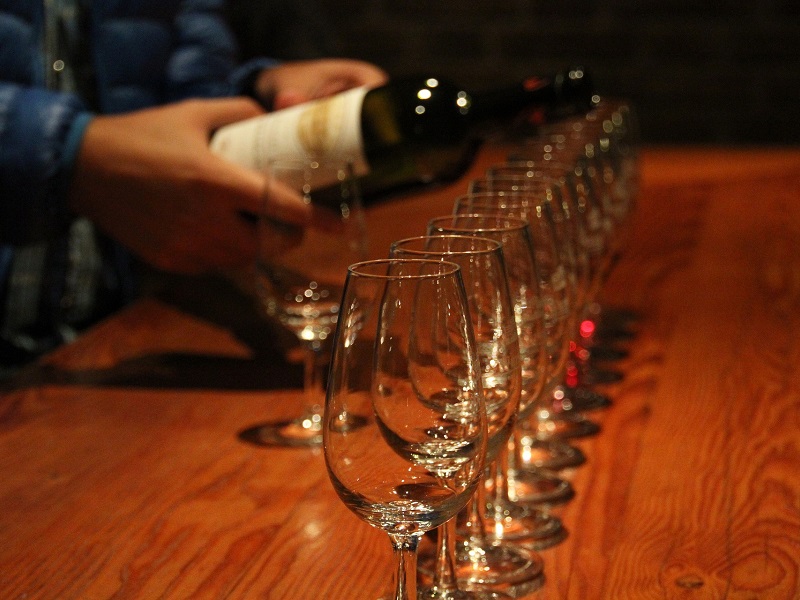Over the last several years, Australian winemakers have begun to explore the production of Malbec after observing an explosion of global popularity of Argentina’s symbolic export.
Australia has over 20 different small productions of this variety spread across the country, from the Hunter, Barossa, and Clare Valley’s, to the Margaret River and Frankland River, and in regions like Victoria and South Eastern Australia with new regions keep opening up.
It is reported that the global success of Malbec is the result of hard work by the Argentinian wine industry alongside the reaction of France on re-taking the global markets that Argentina opened.
For the last 30 years, Argentina has been positioning Malbec as their flagship variety and this has motivated producers in over 10 countries to establish Malbec vineyards in an attempt to benefit from this niche wine, once exclusive to the region of Cahors, France.
The growth potential of Malbec worldwide is stable and could increase, depending upon how many new grape producers are bottling this variety.
In Australia, “growth will depend upon how the marketing is executed,” said Maximiliano Morales, wine marketing consultant of Andes Wines.
Despite Argentinean Malbec being found in wine shops throughout Australia, local grape growers, winemakers and wineries saw the potential and began to look for new terroirs to establish this variety.
This ‘Malbec wave’ was reinforced by French wineries in Cahors that added Malbec to the original “Côt” in their labelling and started to export this variety worldwide.
This helped reactivate the wine sector thanks to the interest of global consumers to taste this variety.
For example, Bleasdale Vineyards has seven hectares of Malbec planted in seven different blocks spread throughout the vineyard with range of clones.
However, the majority is planted to the ‘Potts’ clone, and other clones include: CW14, MAT1, MAT3, MAT5, Windouree, WA, Kalimna 3.
They produce approximately 100,000 bottles of Malbec each year, across anywhere from three to seven different wines.
















